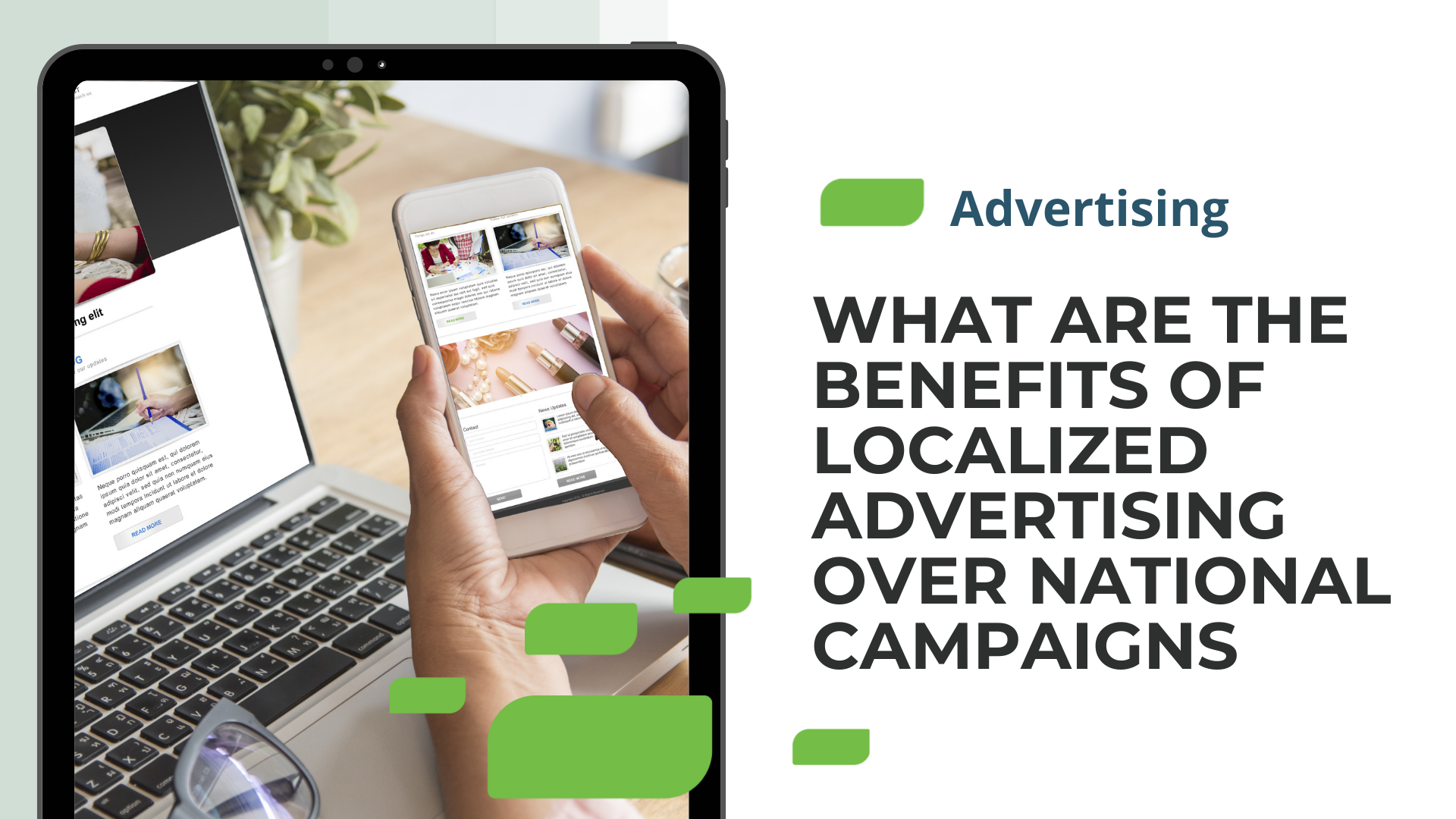What Are the Benefits of Localized Advertising Over National Campaigns?
Using Foot Traffic Attribution to Optimize Campaign Performance and Track Returns
Using Foot Traffic Attribution to Optimize Campaign Performance and Track Returns
Multi-location brands regularly run paid ad campaigns with the goal of converting online traffic into offline foot traffic. With hyperlocal display advertising, brands have the opportunity to record served ads and track consumer movements into stores in order to assign attribution. However, measuring the real world impact of digital campaigns isn’t always straightforward. Tracking returns using foot traffic attribution is something that’s misunderstood by the majority of brand marketers.
Executing and tracking user interactions that result from paid campaigns is a challenge for a variety of advertisers, and particularly those brands that have multiple physical store locations. To resolve this issue, a number of advertising attribution products have been introduced onto the market that measure foot traffic at individual store locations. This data should ideally be layered onto mobile campaign metrics for complete attribution. Store locators and local landing pages can become valuable tools for brands that are interested in tracking returns from digital campaigns.
Additionally, brands that run hyperlocal display advertising have opportunities for foot traffic attribution that other brands do not. The ability to optimize campaign performance goes further when brands have established digital loyalty programs in place. Using loyalty program data, multi-location brands have the ability to serve ads to their most frequent customers, track their food traffic, and monitor actual sales for a complete picture of return-on-ad-spending (ROAS).
If you are interested in using foot traffic attribution to optimize campaign performance and track returns, then the best place to begin is with an agency like SOCi. SOCi can help you put together a campaign with messaging that goes beyond written copy, to include technological and creative elements, like branded imagery, design themes, and seamless integrations across mobile and desktop devices.
One of the best online advertising tools for brands that are interested in measurable offline performance is the Local Inventory Ad. Local inventory ads give brands the ability to quickly see the impact that their digital ads are having on actual in-store foot traffic and sales. In order to optimize local inventory ads, online and offline inventory needs to be kept up to date. At Brandify, we have partnered with a number of third-party companies that our clients can use to sync online and offline inventory data. One of these startups, Pointy, was purchased by Google last year. With Point’s hardware, brands can adjust inventory automatically as items are purchased online and offline.
To learn more about using foot traffic attribution to optimize the performance of your paid digital campaigns, contact SOCi’s team of brand specialists.




